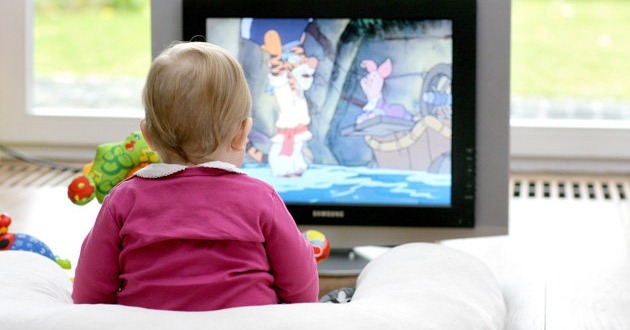The Department of Evolutionary Psychology and Education of the UPV/Faculty EHU’s of Education, Philosophy, and Anthropology investigated media consumption by schoolchildren in the 3rd year (8-9 year-olds) and 6th year (11-12 year-olds) of Primary Education, as well as their narrative skills and perceptions of the values/counter values of cartoons. The study was separated into two subcategories and done in several periods.
To begin, the researchers looked at how schoolchildren use various devices, particularly the Internet, as well as their parents’ support and control strategies, as well as the positive and negative perceptions parents have about the use, as well as the difficulties and challenges they face when mediating their use. This section’s goal was to adjust mediation programs based on the current circumstances of families, schools, and society.
Second, numerous tests were undertaken to learn more about the schoolchildren’s interpretation and decoding of the messages transmitted by the fictional content of the cartoons. The type of narrative or non-narrative structure that characterizes cartoons has an effect on 8-12-year-old children’s reception, processing, comprehension, memory, and what the messages conjure up in terms of narrative skills and perception of values/counter values, according to these assessments. “The structure of the narrative cartoons we studied is similar to that of traditional stories (introduction, core and denouement). The thread is easy to follow. The actions in the non-narrative cartoons we studied do not take place in the same context, the characters hop from one virtual environment to another on a regular basis, and the viewer has difficulties understanding the reasons for and results of the occurrences. Furthermore, clinchers are utilized frequently in the latter “Eider Oregui, a UPV/EHU researcher, explained the situation.
Proposals that are didactic
Two types of cartoons were chosen for the study based on high viewership rates in the age categories being studied: Doraemon, which has a narrative structure, and Code Lyoko, which has a non-narrative structure. “We asked the pupils to tell us what they remembered from what they had seen,” said Oregui, who was in charge of the study. “In this way, we were able to analyze their narrative abilities as well as the values and counter values they had perceived,” he said. The accounts of the schoolchildren who had viewed the narrative-structured cartoons were significantly longer and more thorough, and the values and counter values were easily perceived. The reports in the non-narrative ones, on the other hand, were extremely short, had been edited, and the focus was almost entirely on the action sequences; the youngsters also had more trouble identifying the subject matter’s values and counter values.”
The school children’s attention capacity was also measured while they watched the cartoons, and the researchers discovered that the cartoons having a narrative structure gave the children attention breaks. The schoolchildren, on the other hand, maintained constant eye contact with the screen throughout non-narrative cartoons. “Each one selects, as a spectator, what to pay attention to or not, in other words, it includes voluntary attention,” she explained, “whereas attention is not choice in the non-narrative ones due of the continual effect of the clinchers.” The viewers do not have control over their attention, which could indicate that they do not fully comprehend the events when processing the data.”
In any event, the researcher considers both types of drawings to be legitimate. “The same values/counter values appear in all of the narrative cartoons studied, but in different situations, which aids children’s comprehension and processing; however, it is possible to find more types of values and counter values in non-narrative cartoons, which could be perceived with the right mediation or various pedagogical activities; and in this way, the effect exerted by the type of str As a result of this research, some didactic proposals aimed at schoolchildren, family members, and professionals in the field of psycho-education and communication have been developed, with the goal of encouraging the development of children’s narrative skills and value and counter value education through their favorite fictional content.
The researcher also emphasized the significance of improving cartoon classification; she suggests that they be classified not just on the basis of their content, but also on the basis of their narrative level or structure, as well as the values they address. “Cartoons may be utilized both at school and at home to instruct children in values and counter values, to deal with moral reasoning, and to build narrative abilities,” Oregui concluded, “as long as appropriate resources are employed and age-appropriate adaptations are made.”

